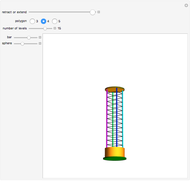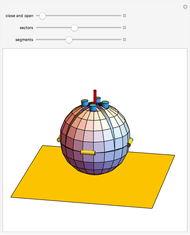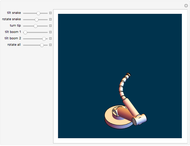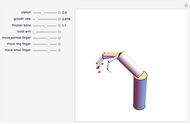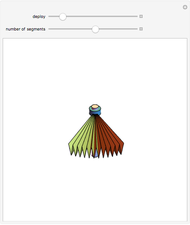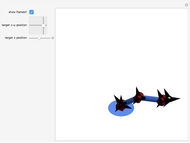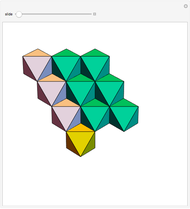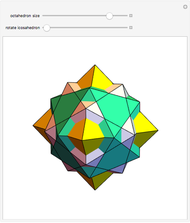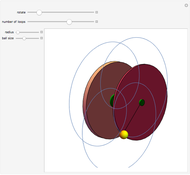Surveyor-Hunveyor Tripod

Requires a Wolfram Notebook System
Interact on desktop, mobile and cloud with the free Wolfram Player or other Wolfram Language products.
Vary the various parameters of a tripod to study the possible geometries of a supporting framework that can be used for spacecraft, for example.
Contributed by: Sándor Kabai and Szaniszló Bérczi (November 2007)
Open content licensed under CC BY-NC-SA
Snapshots
Details
The Surveyor family was planned and constructed by NASA in order to carry out soft landings on the Moon and to study the lunar surface before the manned Apollo lunar landings. The skeleton (frame) of the spacecraft was a stable tetrahedral structure. Two pairs of sheet-like objects were at the top the solar panel and antenna (not shown here). The three footpads were at the other three vertices of the tetrahedron. The instrumentation holding the body of the Surveyor was a truncated triangular prism. The three legs and footpads were collapsible. At launch the legs stayed closed; they opened during the voyage to the Moon. Surveyor was chosen by various universities in Hungary to model spacecraft for educational and constructional purposes.
The first snapshot shows the Surveyor with stretched legs, after the lunar soft landing.
Varying the skeleton (frame) when reconstructing Hunveyor (Hungarian University Surveyor) made the team learn the benefits of connections between the higher and lower platforms. Such studies helped students build their own Hunveyor.
Permanent Citation
"Surveyor-Hunveyor Tripod"
http://demonstrations.wolfram.com/SurveyorHunveyorTripod/
Wolfram Demonstrations Project
Published: November 19 2007







